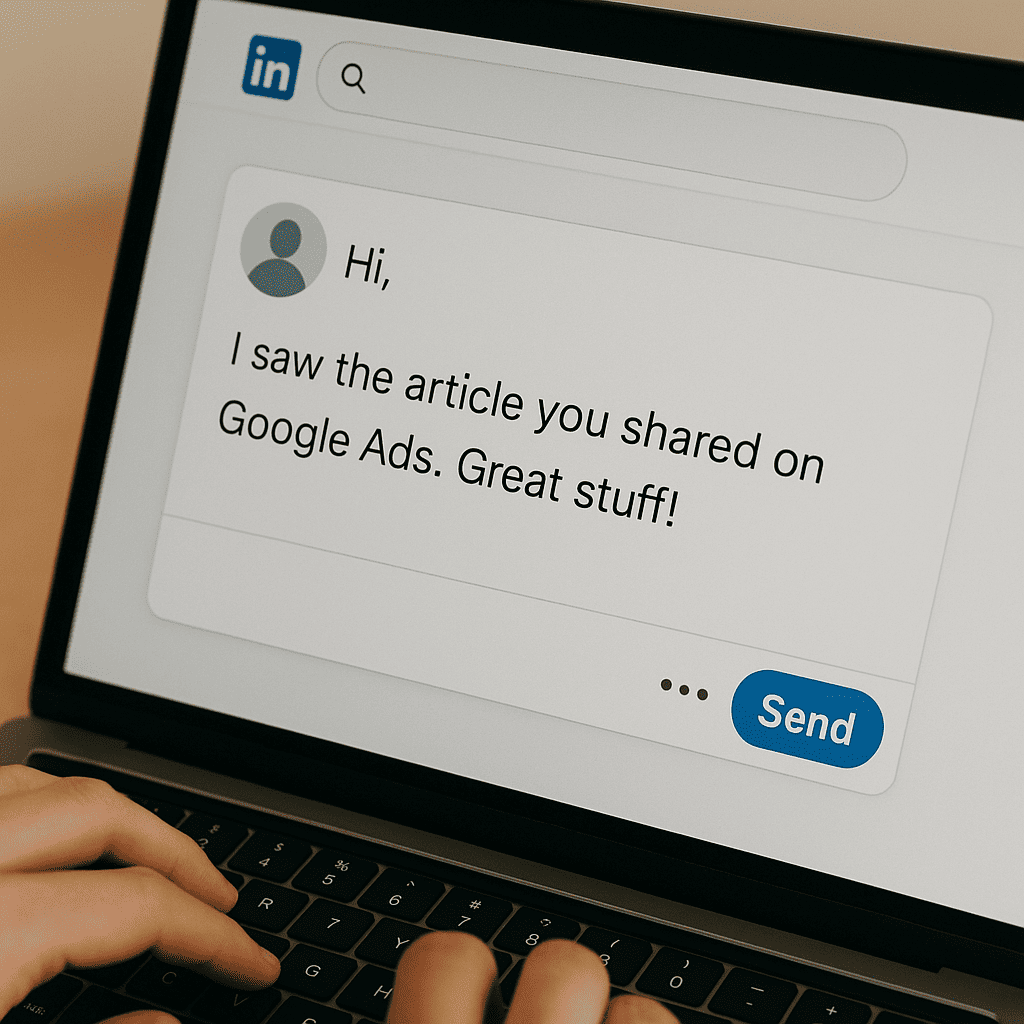You’ve probably heard it all—cold emails, LinkedIn messages, slick funnels, CRM tools. But what if none of that is what actually lands your biggest client?
Here’s the wild part: I got mine by accident. I was just browsing random shipment data, saw a company name, and thought, “Why not?” I sent one quick message… and boom—a long-term client that changed my business.
Meanwhile, all those “strategic” leads I spent hours chasing? Total silence.
So yeah, this post isn’t about polished playbooks. It’s about the weird stuff—those odd, messy, unpredictable moves that somehow work.
Let’s get into 9 of the strangest ways small business owners (including me) have actually landed clients. You might be surprised.
Table of Contents
9 Surprising Ways to Get Clients Small Business Owners Rarely Talk About
If you’re grinding through “proven” lead gen methods and getting nowhere, maybe it’s time to try something different. Here are 9 weird but proven methods to generate more leads for your small business.
1. The Accidental Email That Landed My Biggest Client
Let’s start with the weirdest win I’ve ever had.
I was knee-deep in export/import work. Sending cold emails, building lead lists, tweaking LinkedIn messages. You know—the “right” way to grow a small business.
And it wasn’t working.
One afternoon, I found myself looking through random shipment data. No goal in mind. Just poking around out of curiosity. I spotted a company that seemed kind of interesting and figured, “Why not send them a message?”
That one email? It turned into my biggest client. Ever. Long-term. High value. Reliable.
Meanwhile, all those fancy leads I’d spent months crafting strategies for? Crickets.
That moment taught me something simple: Curiosity can outwork strategy.
2. Sending DMs With Zero Pitch

This might sound counterintuitive, but hear me out.
Sometimes, I’ll send a DM just to say “I liked your post” or “That project looks cool.” No pitch. No ask. Just genuine interest.
More often than not, people reply.
And guess what? A few of those turned into real conversations. One even became a client—just because I followed up with “If you ever need help in this area, feel free to reach out.”
The trick? Don’t lead with the sale. Lead with a real connection.
3. Mining Random Public Data
This one ties back to how I landed that big client.
There are tons of tools out there that show public shipment records, customs data, import/export reports, etc. (Tendata is one example if you’re in that space.)
You can literally see who’s importing what, where it’s coming from, and which suppliers they’re using.
I once spotted a company that regularly imported a product I had better sourcing for. I reached out and said, “I noticed you’re bringing in [product]. I can get you similar quality at a better rate.”
Boom. They booked a call.
Public data isn’t just noise—it’s opportunity if you know how to dig.
4. Skimming Old Trade Show Attendee Lists

Here’s one I stumbled on thanks to a friend.
They mentioned that old trade show websites often leave up attendee or exhibitor lists. Some even have PDFs with company names, emails, and booth numbers.
I tried it once. Downloaded a list from a niche food expo from two years ago.
I picked five companies and sent personalized emails. Two replied. One became a customer.
Trade shows aren’t just about in-person networking. Sometimes the gold is in the archives.
5. Following Hunches That Don’t Make Sense
Ever get a random feeling like, “I should reach out to this person?”
Most people ignore that gut instinct because it feels irrational.
But I’ve followed that feeling a few times—and it’s weird how often it’s paid off.
There was one time I saw a founder post a hiring update on LinkedIn. Something about it made me feel like they might also need outside help. So I sent a casual message.
They didn’t need help at that moment, but three weeks later? They reached out.
Not everything needs to be logical. Sometimes the hunch is the hook.
6. Offering Help… for Free (Once)
I’m not a fan of giving away work. But I’ve learned there’s a difference between free labor and strategic generosity.
A while back, I came across a company with a really rough product catalog. I sent them a quick note saying, “Hey, I put together a cleaned-up version of your top five items just for fun—thought it might be useful.”
They replied the next day. We ended up working together for over a year.
When you give without expectation (and without overextending), it builds instant trust.
But key rule here: do it once, not always.
7. Commenting With Value, Not Spam
We all know how dead the LinkedIn comments section can feel. Generic praise. Copy-pasted emojis. “Let’s connect!”
So I started doing something different.
Instead of commenting like a bot, I’d ask real questions. Share quick insights. Add a personal reaction.
Not only did it lead to more profile views—but one time, a founder saw my comment and messaged me directly. Said he liked my perspective. That chat turned into a discovery call.
If you’re going to comment, make it count.
8. Getting Clients from…Other Clients’ Rejects
Here’s something I’ve only seen a few people talk about.
A past client once ghosted me right before a project launch. Ouch.
But instead of venting, I followed up by asking, “Is there anyone else you think might need help like this?”
They actually sent me two referrals. Apparently, they were overwhelmed and didn’t want to leave people hanging.
That’s how I landed another client—off the back of a flake.
Just because someone doesn’t hire you doesn’t mean they won’t recommend you. Ask gently. Keep it low-pressure.
9. Following the Weird Patterns in Your Inbox
Here’s one I realized after reading back through months of cold outreach.
The people who replied the most weren’t always from my “target industries.” They were often smaller businesses in random niches—ones I’d reached out to without much planning.
I started mapping it out. Turns out, companies in certain categories (like boutique suppliers and local wholesalers) were more responsive than big brands or agencies.
So I shifted my outreach slightly. Focused more on the weird little corners of the market.
Guess what? My reply rate doubled.
Sometimes the answer is already sitting in your inbox—you just haven’t noticed the pattern yet.
So, What’s the Point of All This?
Getting clients as a small business isn’t always about playing by the rules.
It’s not about perfectly crafted sales funnels or cold outreach templates.
It’s about:
- Being open
- Paying attention to what actually works (even when it’s weird)
- Letting curiosity lead you to unexpected doors
Some of my biggest wins happened when I wasn’t even trying to “win.” I was just exploring. Following a hunch. Sending one message that wasn’t part of any funnel or system.
And I’m not alone.
Plenty of other small business owners in the Reddit thread shared similar stories—of randomness beating strategy, of oddball wins changing everything.
If it ever feels overwhelming, you can always use GPT agents to speed up the process. Read this article for clear steps on how to use GPT Agents to generate leads.
Final Thought
Some of the best client wins in small business don’t follow a script—they come from curiosity, timing, and just showing up.
Protip: Don’t wait until your CRM is empty to try something unplanned. Build room for random outreach into your weekly routine.
We’ve looked at 9 weird but true ways people get clients—from skimming old trade show lists to following a hunch. The common thread? Being open to the unexpected and willing to act without overthinking.
If any part of this blog reminded you of a strange win you’ve had—or sparked an idea you want to try—drop a comment below.
I’d love to hear which one of these resonated with your small business journey the most!




Pingback: 7 Underrated Tips for Building a Small Business Landing Page
Pingback: 8 Ways US Tariffs Are Shaking Up Luxury Retail (Real Stories)